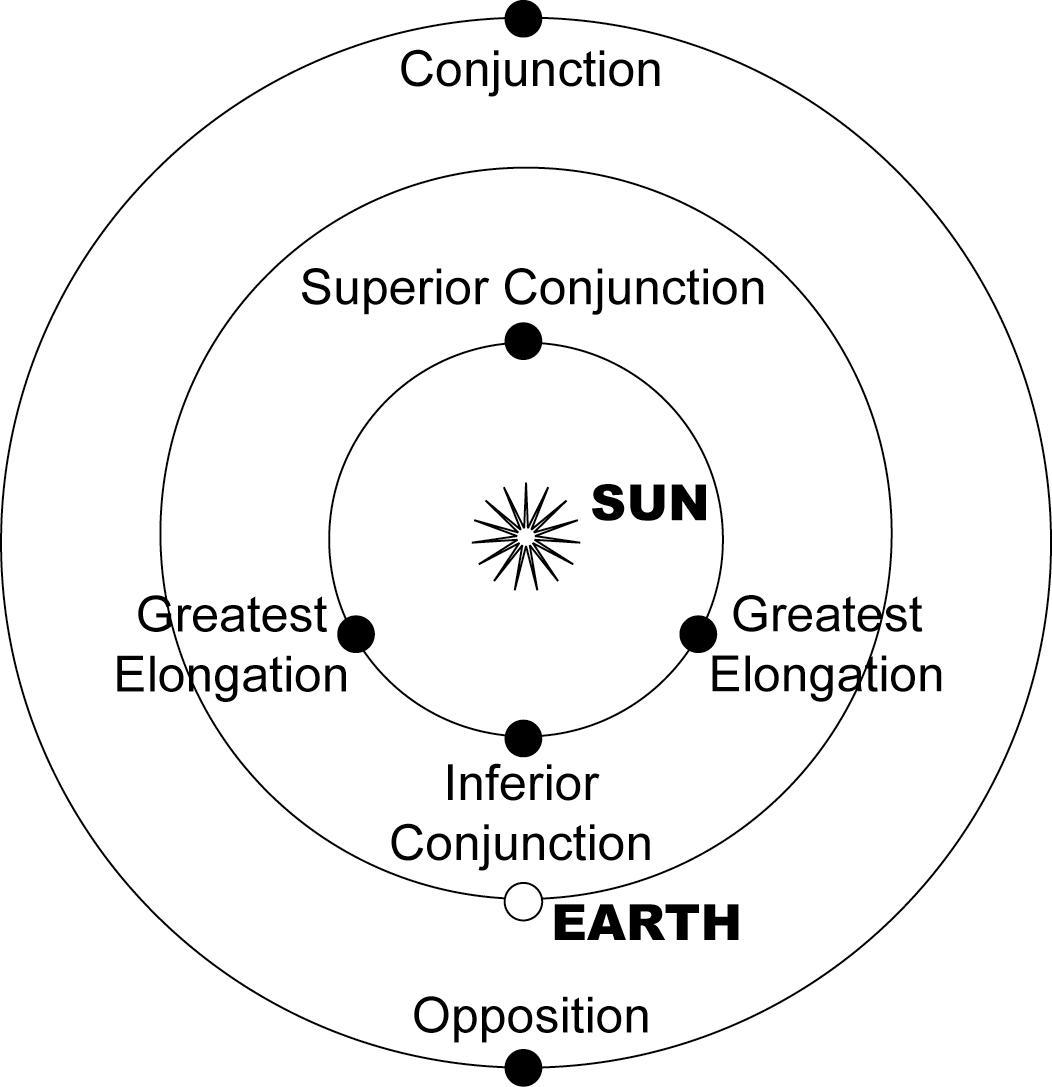 Mercury at Greatest Elongation 2007
Mercury at Greatest Elongation 2007
Although Mercury is often in our sky and listed as being “visible,” it’s usually quite hard to find. As the closest planet to the Sun in our solar system, Mercury is only visible just after sunset, or right before sunrise. This means that you’re looking for Mercury low in the sky – through whatever muck is in the atmosphere – and through dimming twilight, the hardest time of night to see anything. It’s not light enough to see objects on Earth, and it’s too light to see the stars. To see Mercury you usually have to know exactly where to look.
Get ready, because this will all be different very soon! On February 7, 2007, Mercury will be at “greatest elongation,” the furthest it ever gets from the Sun from our point-of-view. So, it might actually be completely dark when you’re looking for it.
Where to Look:
Between 5:00pm and 5:30pm, look in the southwest region of the sky. Venus will also be visible during this time (in fact, Venus will be the brightest thing you can see in that area). Mercury is just a little further west and a little closer to the horizon, in the constellation Aquarius.
Vocabulary:
What always frustrates me about “greatest elongation” is that I get it confused with all those other orbital vocabulary words. Let me see if I can set them straight.
Greatest Elongation: When an object appears in our sky to be as far from the Sun as it can possibly get. This only happens to inner planets.
Perihelion: Point in an object’s orbit closest to the Sun.
Aphelion: Point in an object’s orbit furthest from the Sun.
Opposition: When the Earth is directly between an object and the Sun – opposite from the Sun. (For instance, during a lunar eclipse, the Moon is at opposition).
Conjunction: When an object is in approximately the same part of our sky as the Sun in conjunction with the Sun. There are two kinds of conjunction: When the Sun is directly between the Earth and a body (superior conjunction), or when a body is directly between the Earth and the Sun (inferior conjunction).
Want More?
http://en.wikipedia.org/wiki/Astronomical_opposition
Where’d I Get My Info?
http://en.wikipedia.org/wiki/Astronomical_opposition
![]()
~ A l i c e !





